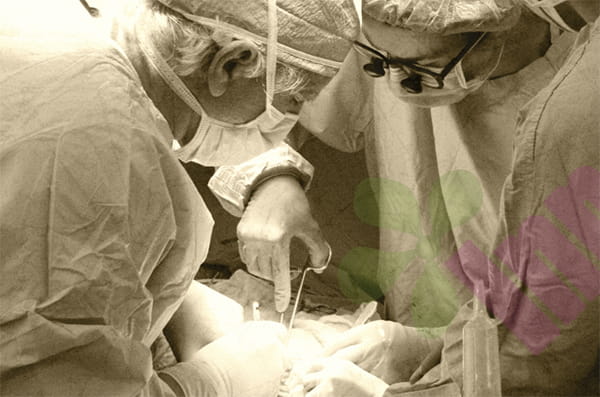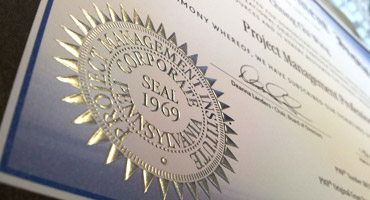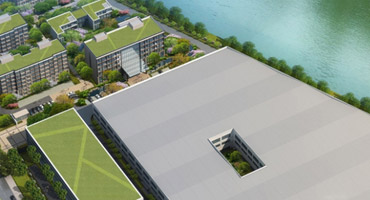Scar tissue formed after skin injury healing can be classified into various types based on its morphological characteristics and formation mechanism, among which atrophic scars, hypertrophic scars, keloids, and pigmented scars are the most common. Understanding the characteristics of these scars helps in taking appropriate preventive and treatment measures.
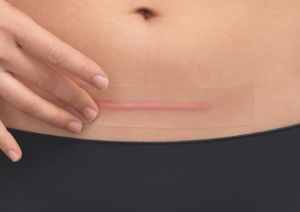
Formation and characteristics of depressed scars
Atrophic scars typically occur after damage to the dermis or subcutaneous tissue, resulting in the loss of collagen and adipose tissue, causing depressions in the skin surface. These scars are commonly seen after acne or chickenpox has healed, or at the site of deep wounds and surgical incisions. The skin surface is lower than the surrounding normal skin, presenting a pitted or grooved appearance. The base may be deeply adhered, affecting skin mobility. Over time, the depression may become more pronounced due to the loosening of surrounding tissues.
Characteristics of hypertrophic scars :
Hypertrophic scars appear as raised, red scar tissue, but are confined to the original wound boundaries. These scars begin to form within weeks of wound healing and can continue to proliferate for up to six months. Patients often experience itching, stinging, or allergic reactions. The scar is relatively hard, and its color gradually changes from pink to dark red. They commonly occur in areas of high tension, such as the area in front of the sternum and the back. Most scars will soften and flatten spontaneously within six months to a year, gradually becoming closer to the skin tone.
The unique features of keloids :
Keloids are benign, tumor-like growths of scar tissue that extend beyond the original wound boundaries. They are characterized by continuous growth and do not regress spontaneously. They have a smooth, shiny surface and lack hair and sebaceous glands. They are commonly found on the earlobe, sternal region, and deltoid muscle of the shoulder. They may cause significant itching and pain, affecting quality of life. They have a genetic predisposition, with a higher incidence in people with darker skin tones. The recurrence rate after treatment is high, requiring comprehensive management.
Causes of pigmented scars :
Hyperpigmented scars are characterized primarily by abnormal pigmentation, appearing as flat, brown or black scars. Inflammation stimulates melanocytes to produce excessive pigment. Ultraviolet (UV) exposure worsens pigmentation. They are common in people with darker skin tones and those with inflammatory skin conditions. They may fade slowly over time, but the process can take months to years. Proper wound care and strict sun protection can significantly reduce the risk of developing hyperpigmentation.
How to prevent scarring?
Maintain a moderately moist environment during wound care to promote normal epithelial regeneration. Prevent wound infection and control the degree of inflammation. Continue using silicone gel scar dressings during the healing period to regulate collagen arrangement. Strict sun protection is essential; use sunscreen with SPF 30 or higher. Avoid excessive tension on the wound area; use tension-relieving tape. Maintain a balanced diet, ensuring adequate intake of vitamins and protein.
For atrophic scars, consider fractional laser treatment, fillers, or fat grafting. Hypertrophic scars can be treated with silicone preparations, pressure therapy, or corticosteroid injections. Keloids require surgical excision combined with postoperative radiation therapy or injections. For pigmented scars, chemical peels, laser treatment, and topical whitening agents are the first-line treatments. Combined treatments are often more effective than single methods. Treatment is recommended to begin after the scar has stabilized.
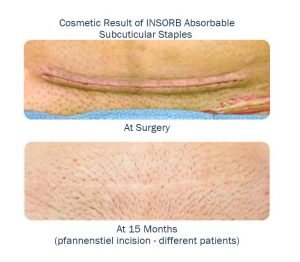
Daily care precautions
Avoid scratching and rubbing new scars. Keep scar tissue moist by using specialized care products. Gentle massage helps soften the scar. Avoid extreme temperatures. Wear loose, soft clothing. Continue care for at least three months.
For more information on Innomed® Silicone Scar Dressing , Refer to the Previous Articles. If you have customized needs, you are welcome to contact us; You Wholeheartedly. At longterm medical, we transform this data by Innovating and Developing Products that Make Life easier for those who need loving care.
Editor: kiki Jia

 English
English عربى
عربى Español
Español русский
русский 中文简体
中文简体